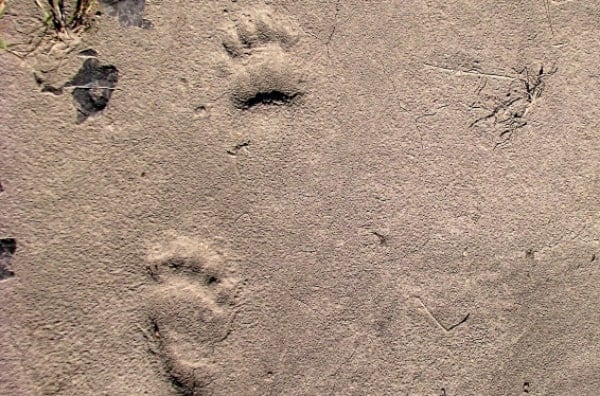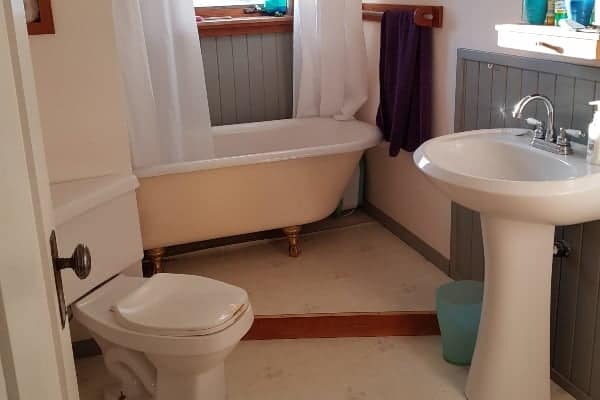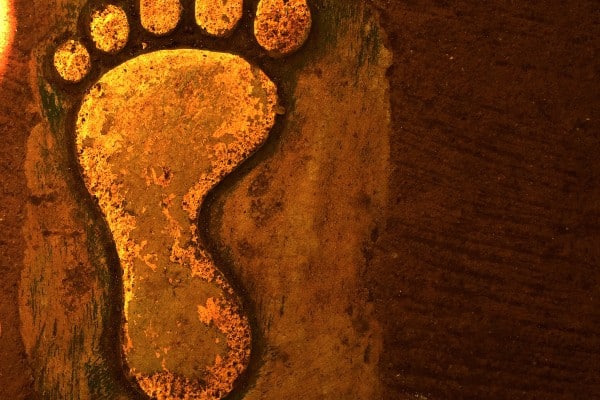Retirement isn’t exactly Terry Coventry’s thing.
Although it’s been almost a decade since the Whitehorse shoemaker closed his Ogilvie Street shop nearly a decade ago, he continues to operate on a scaled-down basis from his Crestview home. And he doesn’t intend to stop anytime soon.
Mind you, that’s not what he thought 10 years ago.
“When I first quit, I quit. That was it. I thought, ‘Well, I’ll just do my own, and some friends.'”
But the owner of Shoes R Us had other plans for him.
“She kept bugging and bugging, and finally one day she caught me in a good mood, I guess, so I said, ‘OK, I’ll do some sewing for you.'”
When he returned the work to the Main Street shoe store, he noticed a small sign: Shoe Repair Available.
“When I took the sewing I had done in, she had one of those plastic storage containers just heaped, and I’ve been doing it—May to September. I don’t work after September, except the stuff on my kitchen table kind of thing. I’ll do that, but that’s all.”
Not quite all, actually.
Besides repairing shoes and boots, re-packing hockey pads, making belts, vests, knife sheaths and rifle scabbards, Coventry recently took up a new sideline: making reproductions of the armour once seen on the battlefields of England and France.
A box in his cluttered living room holds a partially-finished suit of chain mail, its thousands of links made from heavy aluminum wire coiled, cut and carefully interlocked.
“It took 40 hours just to make all the links. Then I had to put them all together,” he says. “I did it sideways the first time, so I had to do it again.
Doing things right is important to Coventry. You can tell by watching the way he plays golf with his cronies, Razor and Bob, on the Wii set he got for Christmas.
This is not someone who is content with half measures.
Just ask him how he got his start in shoemaking, with a course at the Vancouver Vocational Institute in 1989.
“There were four of us there that were actually there to learn, and the rest were there to stay out of the cold for the winter.”
His solution was to intimidate the slackers into leaving.
Coventry’s decision to become a cobbler came about almost by accident.
His plans for a military career faded when he clashed with his French teacher in the Regular Officer Training Plan (ROTP).
“He flunked me by one mark.”
Refusing to repeat his whole year over one mark in one course, he quit and went on to various jobs in highway construction and mining, before deciding to move to New Zealand with some friends.
“I worked all winter, saved all my money to go to New Zealand. Got as far as Vancouver; got drunk. By the time we sobered up, I didn’t have enough to walk across the street.”
After a stint doing pickup work as a “seagull” on the Vancouver docks, he signed on as a galley-boy on a Norwegian shipping line and spent two years at sea.
When he eventually made it to New Zealand, he worked in a steel mill, until the U.S. cut its imports of lamb and wool, throwing New Zealand’s economy into a tailspin.
Coventry’s career path took another quick jog.
“I got a job as wine steward, of all things, in a four-star hotel in Rotorua.”
The hotel was on the racing circuit. Part of his job entailed running the patrons’ betting slips down to the betting agency.
One day, he decided to bet the two shillings in his pocket on two “incredible” longshots, “on the nose of each, and they both hit.”
Three days later, he flew back to Whitehorse. But not for long.
“I ended up in Africa for awhile,” he says. I ended up in Central America for awhile, and I got tired of being shot at.”
He even shot back a couple of times, he admits.
“I came up here, dorked around for a few years, did a few things. Worked in Haines Junction for years, working for the Local Improvement District.”
When a new boss took a disliking to him and fired him, Coventry took a trip to Vancouver.
That’s when he and a friend went to pick up a pair of shoes from a Broadway Street repair shop.
“It was a five-man shop there at that time, and all this old equipment. When I walked in, I thought, ‘Look at all the toys!'”
A few days later, he was in a government building where his then-wife was taking an examination. In the lobby was a big rack of brochures for various training programs.
“The shoe repair brochure was right there as I walked in the door. And I thought, ‘That’s a little more than a coincidence. I’m going to check this out on Monday.'”
As the saying goes, the rest is history—the kind of history Coventry is happy to tell in great detail.
He’ll also tell you about who supplies the best leather and who makes the best boots in Canada (Viberg and Boulet), about the “glue and screw” shoe repair chains, Pearson stitchers and harness-making for the Budweiser horses—and a whole lot more.
Just ask. He’s planning to be around for awhile.




